When a flock of birds met a heavily loaded aircraft flown by a newly converted pilot inexperienced in the characteristics of the new type, the result was tragic.
Another day in paradise flying tourists from Hamilton Island Resort out to the Great Barrier Reef. The pilot is on their last return leg for the day and is notified that a late booking has come in. There will be one more flight out to the reef to land on a floating pontoon.
This is great, the pilot thinks – more time on the Airbus EC120 to build on the 11 hours they have logged since their recent conversion. It’s nice to fly a more modern helicopter than the previous American-built Bell B206L and Robinson R44. A quick refuel and the passengers are loaded on board. The take-off from Hamilton Island indicated the aircraft is heavy – the first limit indicator (FLI) is bouncing off the maximum and the pedal turns had to be careful and slow as the EC120 is coaxed into the air. Once moving forward and through effective transitional lift, they are away and heading out to the reef, burning fuel and reducing weight.
The pilot needs to concentrate as they don’t have a lot of time on the EC120. Mixing flying the EC120 with the B206L occasionally means the workload is higher than normally experienced when operating more familiar helicopters.
The helicopter approached the reef and did a quick lap of the area. Damn! The pontoon is covered with birds again. A slow approach into wind and to the right of the pontoon, as is standard practice, is flown, giving the birds time to clear.
The passengers are talking and ask a question. What did they say? Left turn to hover over to the pontoon with a right crosswind, just as the pilot had always done. The power is high and near the limit, requiring careful flying.
What’s that? A message on the engine display! There is a lot going on. Go around, sort out the message and have another attempt, the pilot thinks.
Cyclic forward, collective can’t go much higher, the FLI is bouncing off the maximum limit.
The yaw rate is increasing, add some right pedal, but yawing left too fast. The helicopter is spinning left! Collective down to reduce torque, now it is descending towards the water. Flare – impact and ditch! No time for warning the passengers or deploying the floats.
The water rushes in and the helicopter inverts.
The pilot and 2 passengers eventually exit the helicopter. The other 2 passengers have been knocked unconscious and drown before the pilot and passengers can extract them. A boat arrives and fishes everyone out of the water.
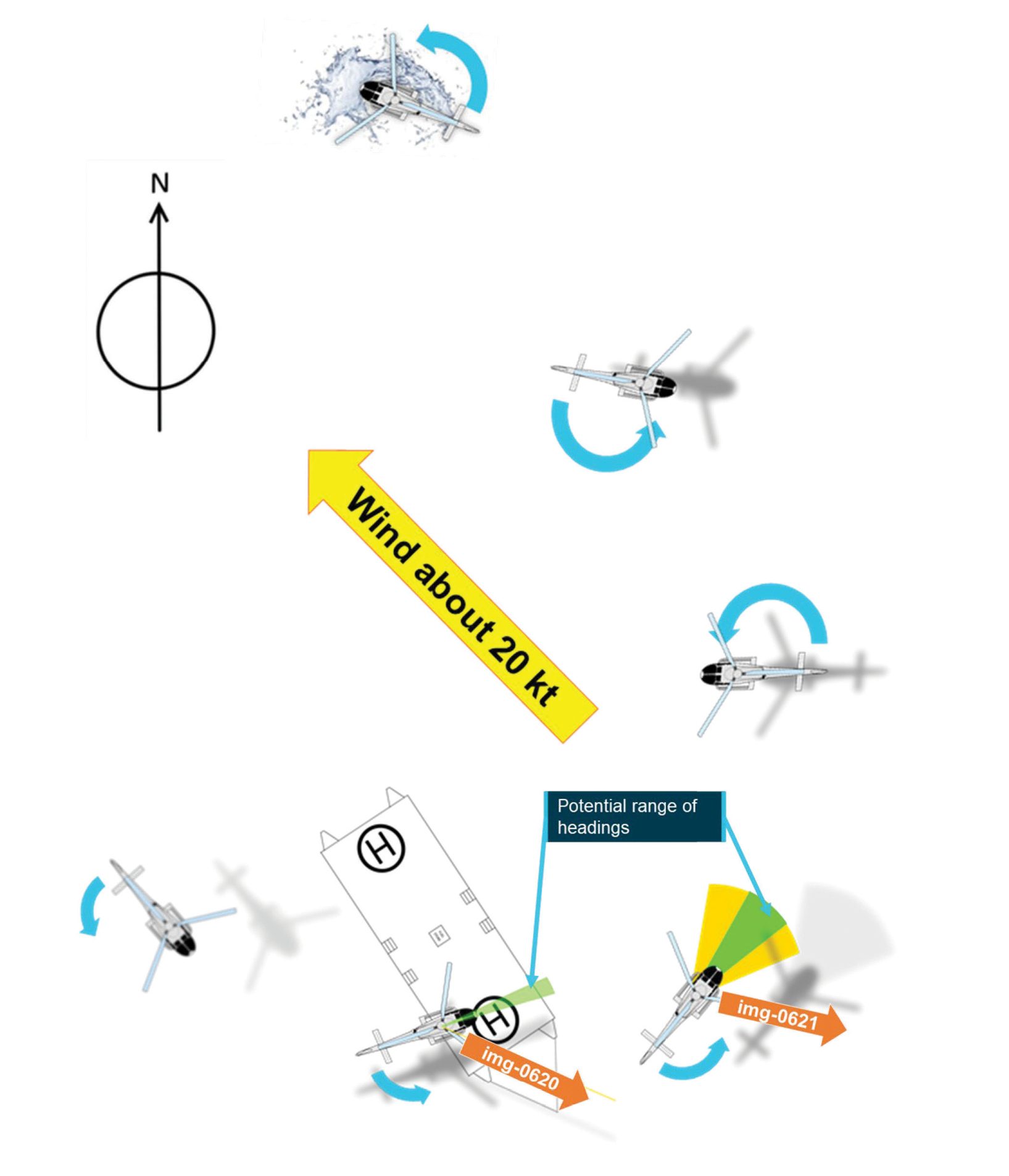
Unfortunately, the aircraft wreckage was not able to be recovered so there is no way of conclusively ruling out a mechanical fault or damage from a bird strike (there have been no known fenestron bird strikes reported to Airbus). However, the ATSB analysis of the accident provides great coverage of the organisational and flying considerations that could have contributed, if not directly led, to this incident. A full read of the report is recommended but for now, let’s look at the flying and performance aspects to improve our own decision-making.
The aircraft was heavy. It had actually taken off overweight from Hamilton Island but by the time it arrived at the reef pontoon, was below its certified maximum landing weight and had sufficient performance to hover out of ground effect (OGE) above the sea level elevation and temperature of the day.
The pontoon had a mesh deck and, with hovering over water, does not give as good as in ground effect (IGE) conditions; however, as mentioned, there was performance for an OGE hover. The helicopter had a supplemental type certificate-approved, after-market inlet barrier filter modification fitted.
The original equipment manufacturer had no active technical agreement covering the after-market inlet barrier filter.
Inlet barrier filters reduce the amount of power the engine can produce; the helicopter engine had now started failing its power checks and was at times producing 0.2% below the minimum value. (A correction of 1.3 % was required to be applied to remove the effect of the inlet barrier filter to confirm engine health and, similarly, the performance charts were required to be adjusted by 1.3%.) There still should have been sufficient power to complete the landing or the go-around although it might have been close to the limits and required careful handling.
As the pilot approached the landing, a message came up on the vehicle engine multifunction display (VEMD). There is a separate caution warning panel (CWP) that displays more important or time-critical information than the VEMD would.
In this case, and in hindsight, the more appropriate action on noticing a VEMD message would have been to continue the landing onto the pontoon and sort out any minor issues once safely landed. The decision to go-around due to a VEMD without a CWP annunciation was not Airbus Helicopters’ standard operation practice and may have been influenced by the pilot’s previous experience of display systems on the B206L. A landing brief with a committal point may have helped.
When the go-around was commenced, the helicopter was in a left turn, partially over the pontoon, at about 20 feet. The collective was increased and the pilot stated the When the go-around was commenced, the helicopter was in a left turn, partially over the pontoon, at about 20 feet. The collective was increased and the pilot stated the power was at or close to the red band. In this case the high power setting would have required the fenestron tail rotor to be providing a lot of thrust to counter the torque effect from the main rotor.
In the case of Airbus and many European helicopters, the main rotor turns clockwise when viewed from above, and so the fuselage will want to turn left – this requires right pedal to keep the aircraft straight.
If operating at maximum power, large right pedal inputs will see a commensurate increase in engine power required (to keep the aircraft straight) and conversely, left pedal will see a decrease in the engine power required.
In US-manufactured helicopters, the main rotor turns anticlockwise when viewed from above and the fuselage will want to turn right – this requires left pedal to keep the aircraft straight. The power pedal – i.e. the pedal direction that needs uses more power – is the pedal of the direction of rotation of the main rotor.
In the case of this accident, the pilot’s experience was mainly in US helicopters, with an anticlockwise main rotor.
These characteristics can be used for handling decisions. If you do not have a lot of excessive engine power, then a turn opposite to the direction of main rotor rotation will free up some power as not as much tail rotor thrust is needed. However, the yaw must eventually be stopped and now the opposite pedal must be used; in power-limited cases, there may not be sufficient engine power available.
The main rotor can droop – which will further slow the tail rotor, becoming less effective – or the engine limits will be momentarily exceeded when stopping the turn. In low excess power situations, it is often considered better airmanship to turn with the main rotor rotation direction, using the power pedal. It requires more power to start the turn but when you need to stop the yaw, it can be done without exceeding the engine limits or drooping the rotor.
In the case of this accident, the pilot’s experience was mainly in US helicopters, with an anticlockwise main rotor. Approaching to the right side of the pontoon means that turning left onto the pontoon requires more power. However, if you are now flying a European helicopter, it may have been better to approach to the left side of the pontoon and use a right turn. This means more power to turn right but requires a reduction of pedal input with a subsequent reduction in power required, as it is the main rotor torque that is stopping the turn rather than tail rotor thrust
A second characteristic of the EC120 is that it has a fenestron tail as shown in figure 2. The tail rotor is shrouded by an enlarged tail fin and has a series of many small rotating blades and stators. The thrust is also partially developed by the shaped duct within the fin.
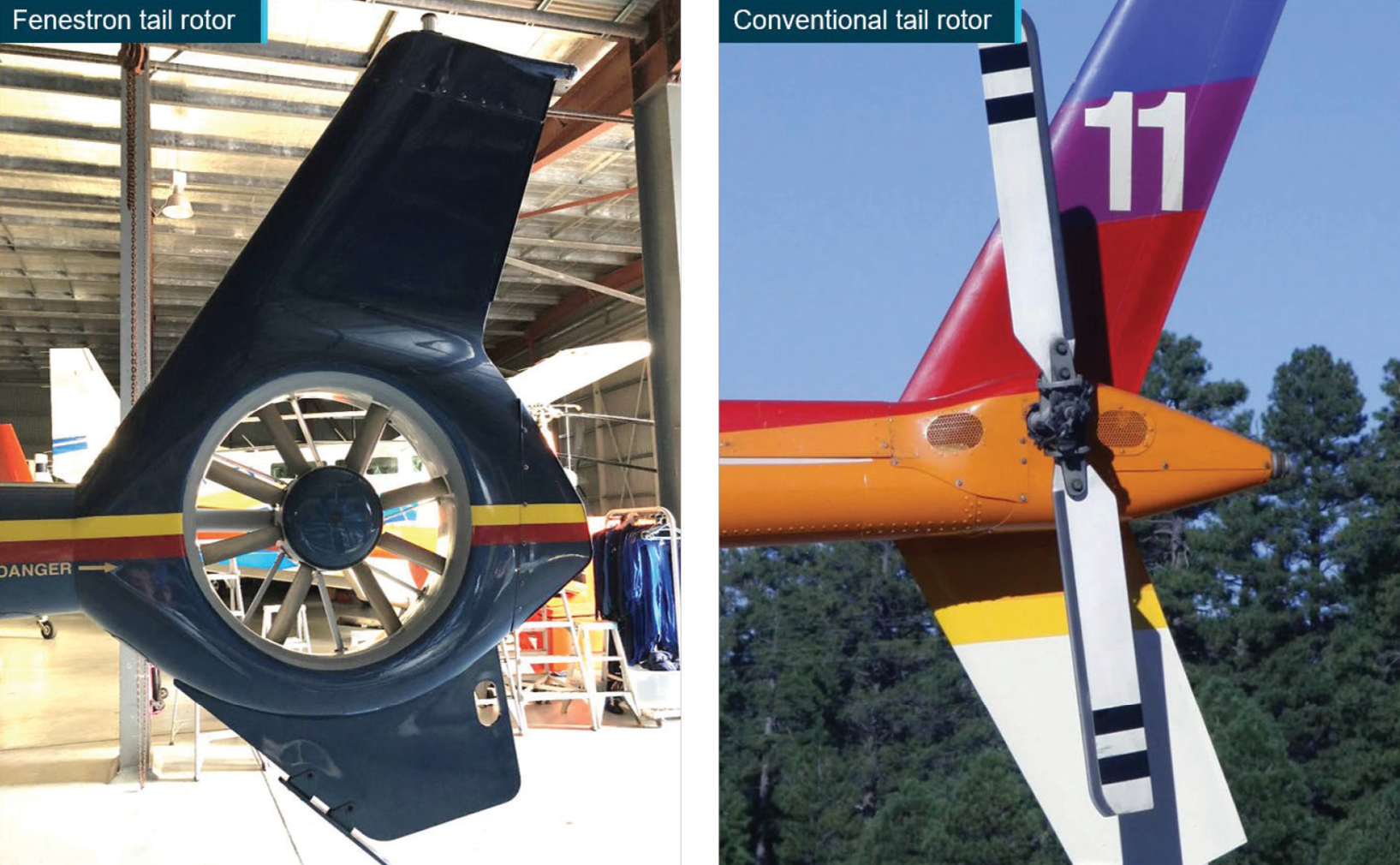
Airbus has published several pieces of information outlining that fenestron pedal displacement characteristics are different to conventional tail rotors.
In the middle of the pedal travel band, the response curve is flatter than traditional tail rotor systems and then increases again as the pedal travel limit is approached (Figure 3).
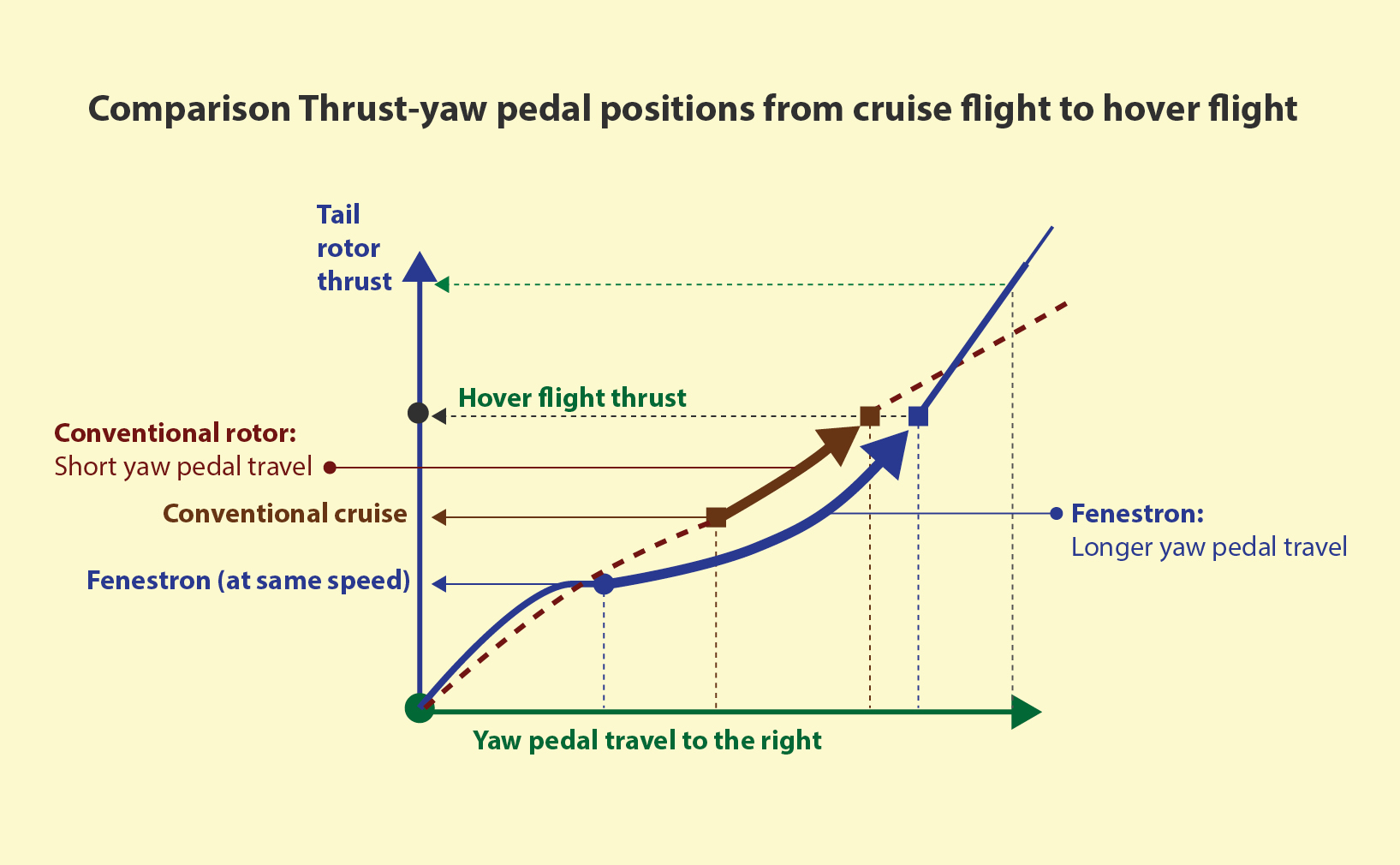
If full pedal is used, there is sufficient fenestron authority to control the helicopter. However, pilots with limited experience on fenestron may not fully displace the pedal in the required direction due to the muscle memory learnt from conventional tail rotors.
According to the ATSB report, the accident pilot stated they had been given no formal guidance on the different response characteristics of the fenestron tail rotor as outlined in Airbus 2005 Service Letter 1673-67-04 which detailed the different response characteristics.
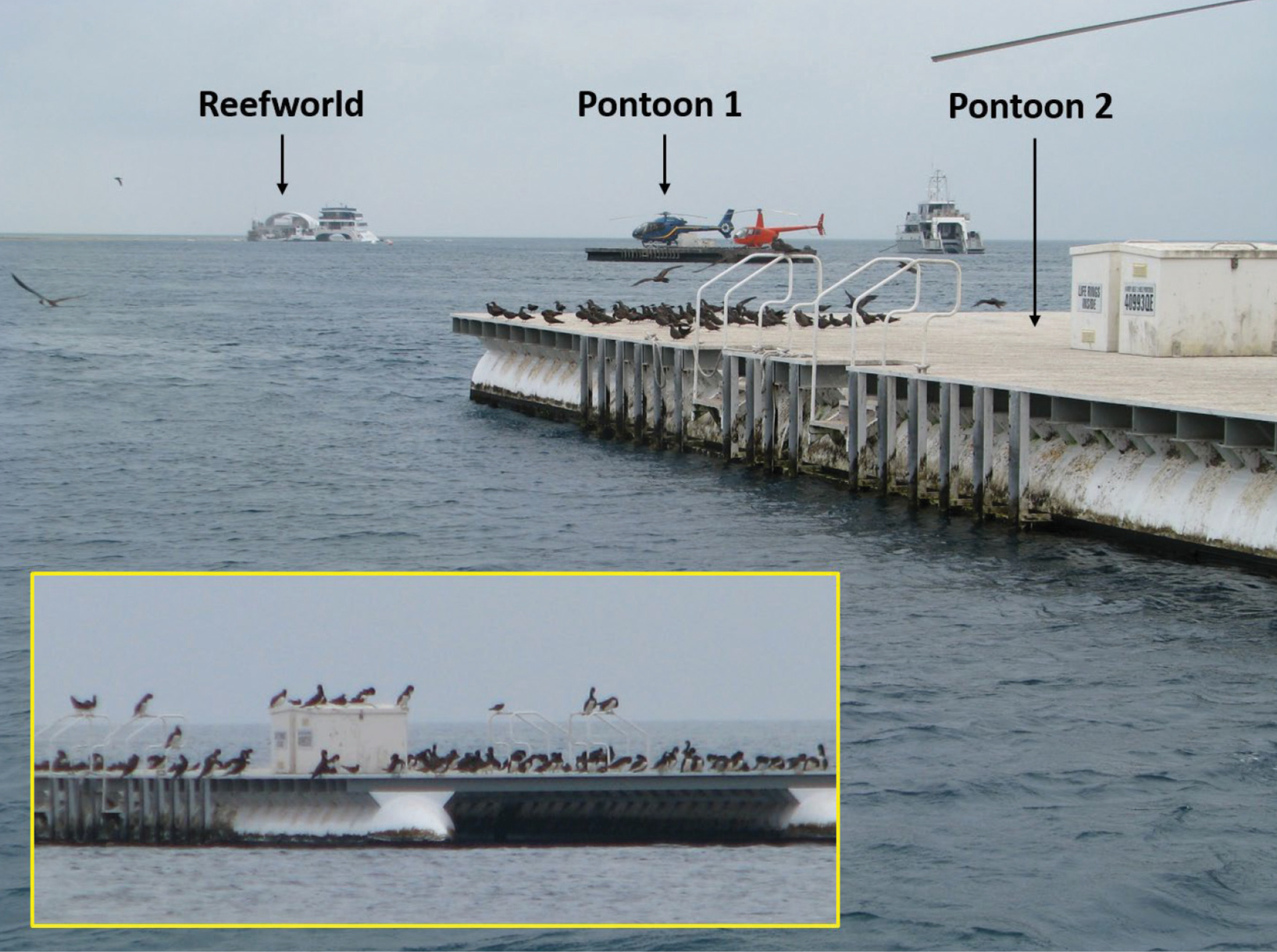
The organisation that conducted the initial type training stated they did not provide this service letter to students; however, the content about power and anti-torque pedal management was included in the training syllabus and discussed with students.
The pilot’s checkride to line noted the pilot needed to be gentle on the pedals. The chief pilot discussed in the post-accident interview that excessive use of the right pedal could ‘spike the engine’.
The incident pilot had only 11 hours on fenestron helicopters (EC120); the rest of their more than 1,000 hours was on helicopters with conventional tail rotors. Further, they were also flying the B206L at the same time and swapping between the 2 types.
It takes time to consolidate new aircraft characteristics. In this case, there was a new engine instrument display, a different direction the main rotor turned and some subtle, but important, response characteristic changes in the fenestron tail.
It will take longer to consolidate new characteristics if you are swapping back to helicopters with different characteristics.
The ATSB reported the operator complied with the regulatory requirements for training and experience of pilots on new helicopter types. However, the ATSB found the operator had limited processes in place to ensure that pilots with minimal time and experience on a new and technically different helicopter type, had the opportunity to effectively consolidate their skills on the type required.
It will take longer to consolidate new characteristics if you are swapping back to helicopters with different characteristics.
Following the accident, the operator implemented several additional processes for pilots transferring to new helicopter types and for operations at pontoons. These included pilots conducting only into-wind operations at pontoons until they had obtained 20 hours on type.
A least 2 lessons can be taken away from this incident. First, flying different aircraft requires a period of consolidation to understand and bed in the characteristics of the new aircraft. If you haven’t sufficiently consolidated them, then in a high-workload situation, you are likely to revert to previous habit patterns or muscle memory which could have disastrous consequences.
Secondly, the pedal turn direction in a helicopter is important. It is often wiser to start the turn using the pedal that requires more power so when you must stop the turn you actually use less engine power and have sufficient tail rotor control to stop the direction of turn. 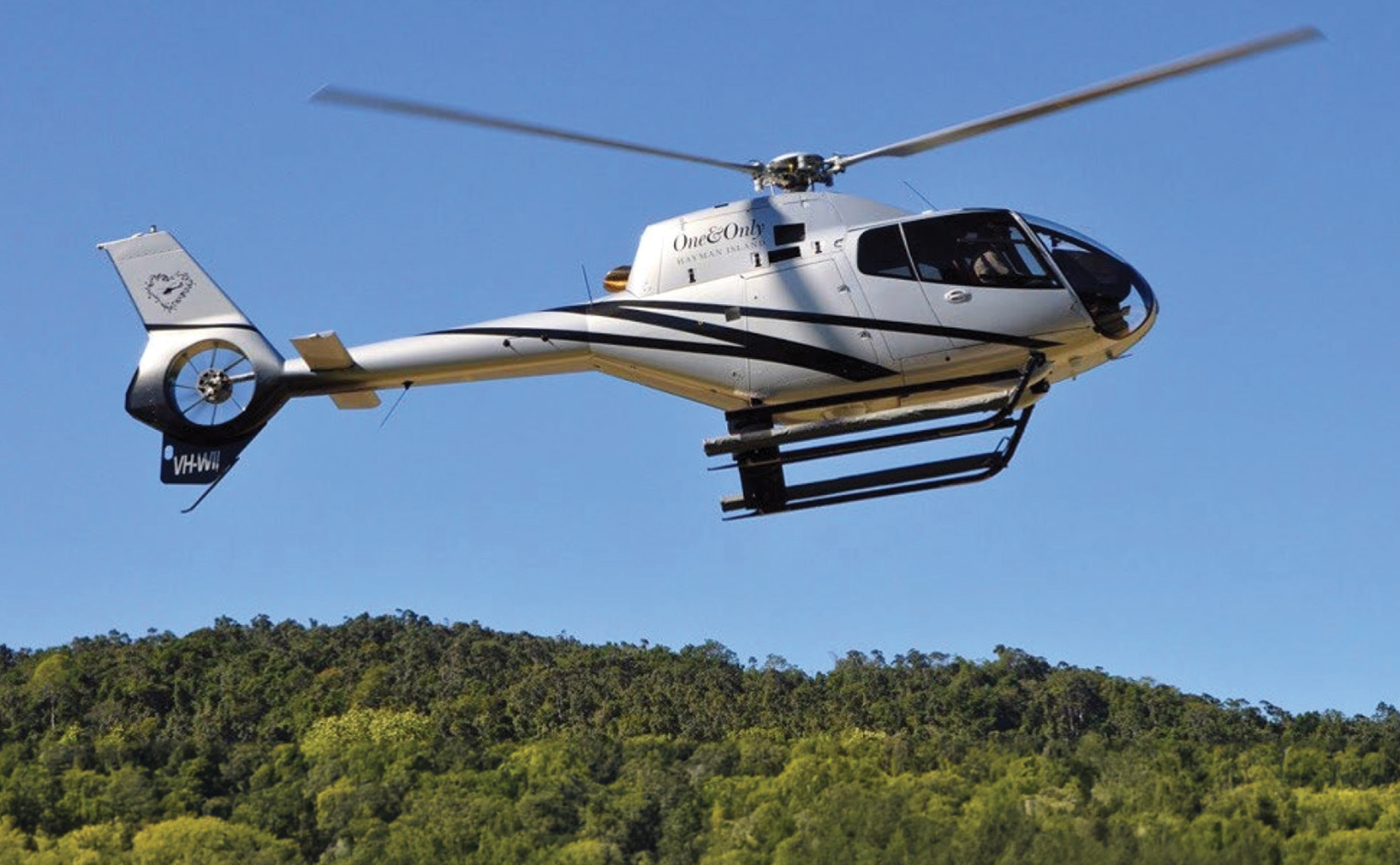

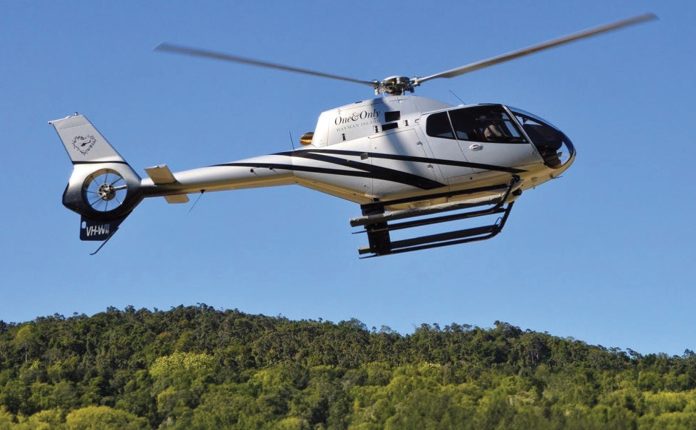

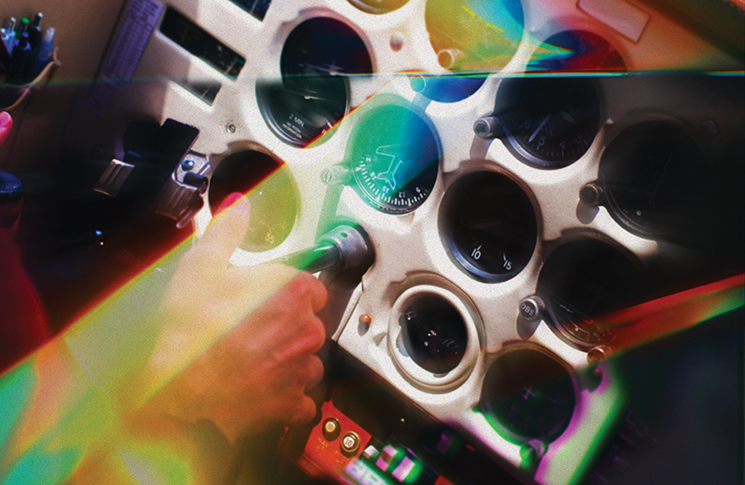


Clearly this accident was caused by flying 2 different types of helicopters on the same shift Ferrying tourist to & from the pontoon via Hamilton Island. Under the circumstances of birds on the landing pad of the pontoon & slowing to a hover & maximum power needed to keep control of aircraft slowing to a hover & with the different rotor direction of the newer helicopter & the pilot having far less flying experience on the airbus EC 120 with a tail rotor completely different & pedal actuation for left & right rotation opposite to the 206 jet ranger. Unfortunately the pilot should have opted for a go around rather than a hover but the aircraft was according to the schematic pictures facing into tail wind when it was ditched into the sea. There is very little lift
with rotors facing with the wind at a hover & attempting to increase forward air speed without
losing height. I think previous habit patterns or muscle memory with tail rotor pedals & anxiety may have contributed to the accident.